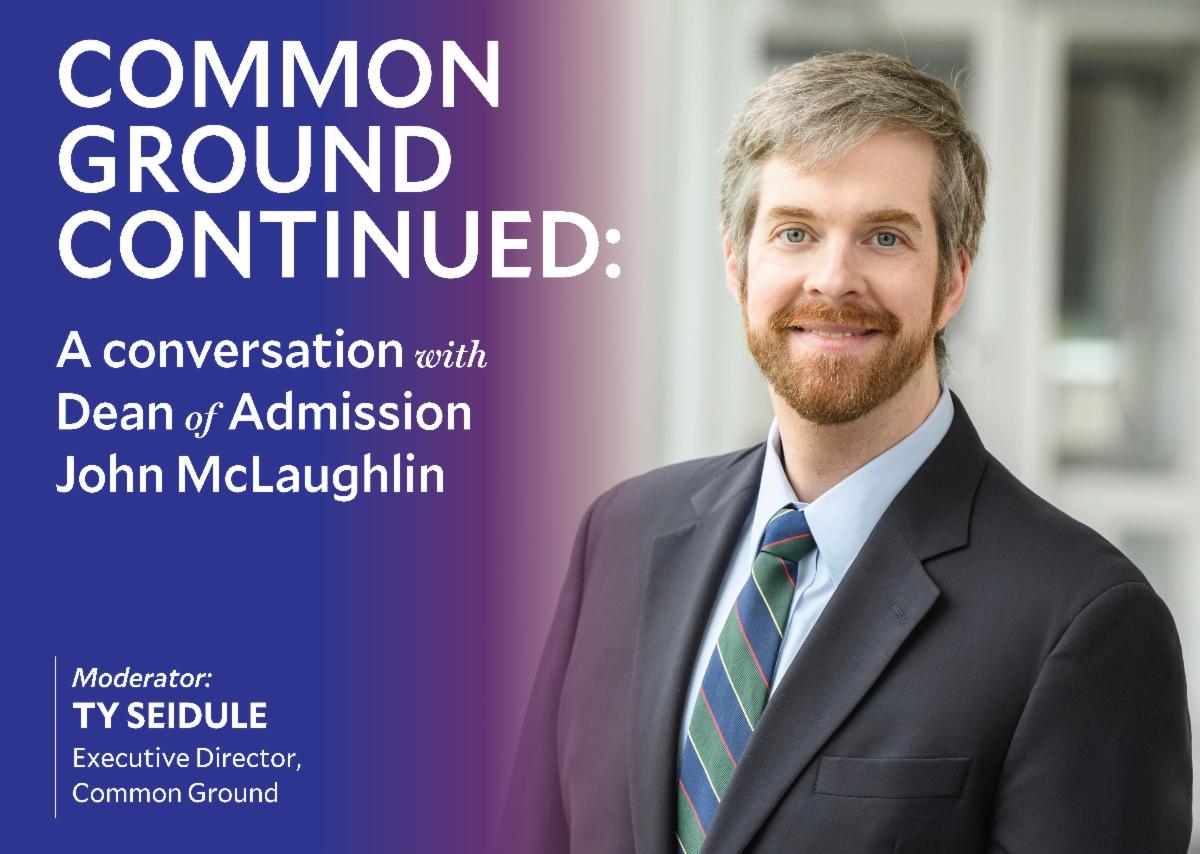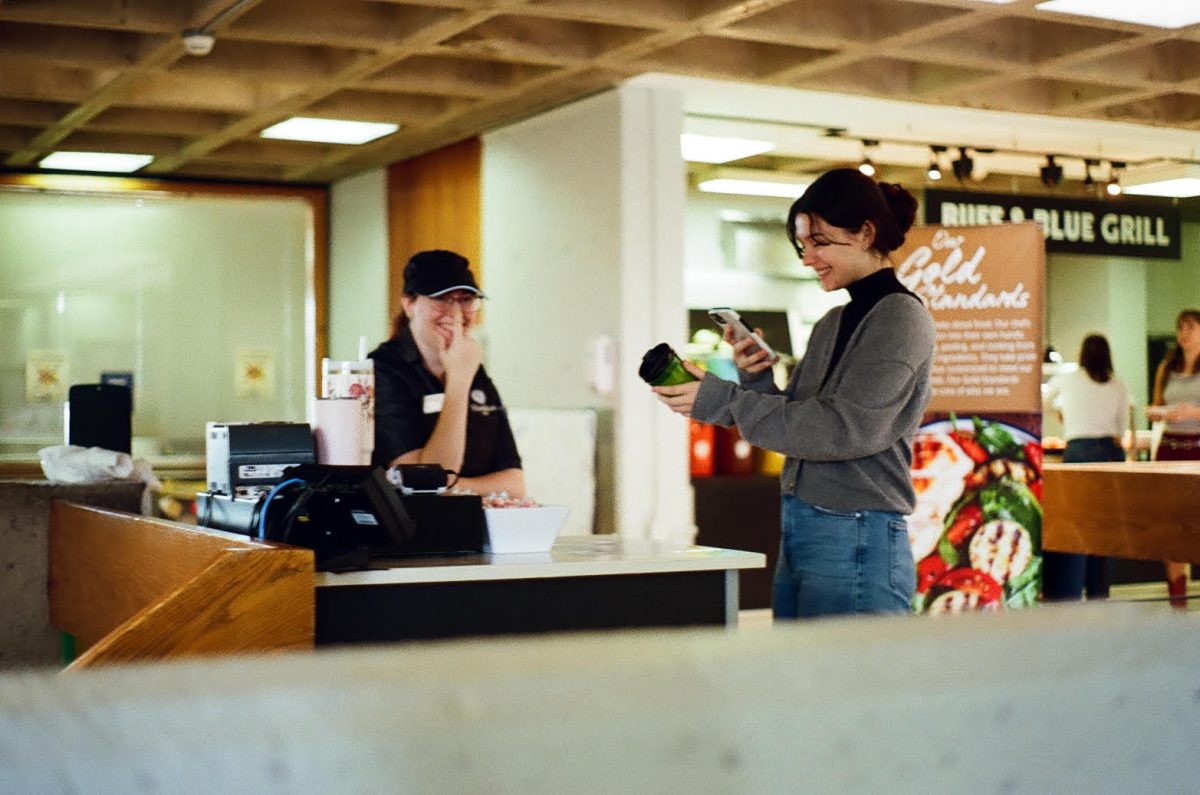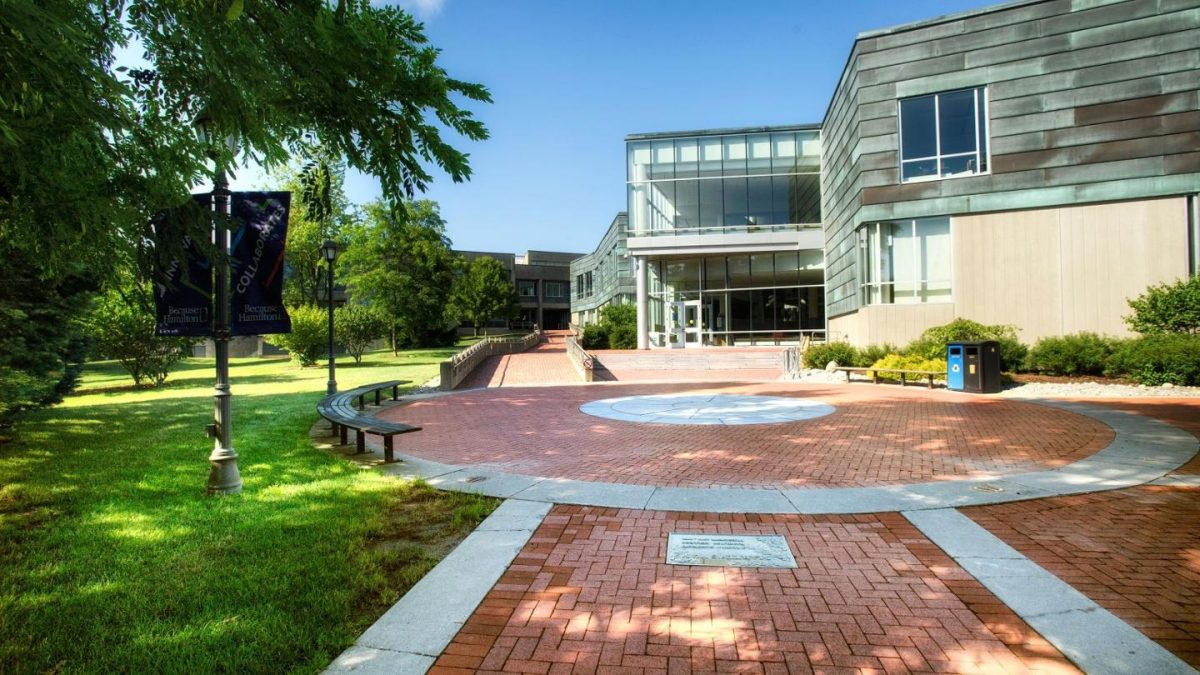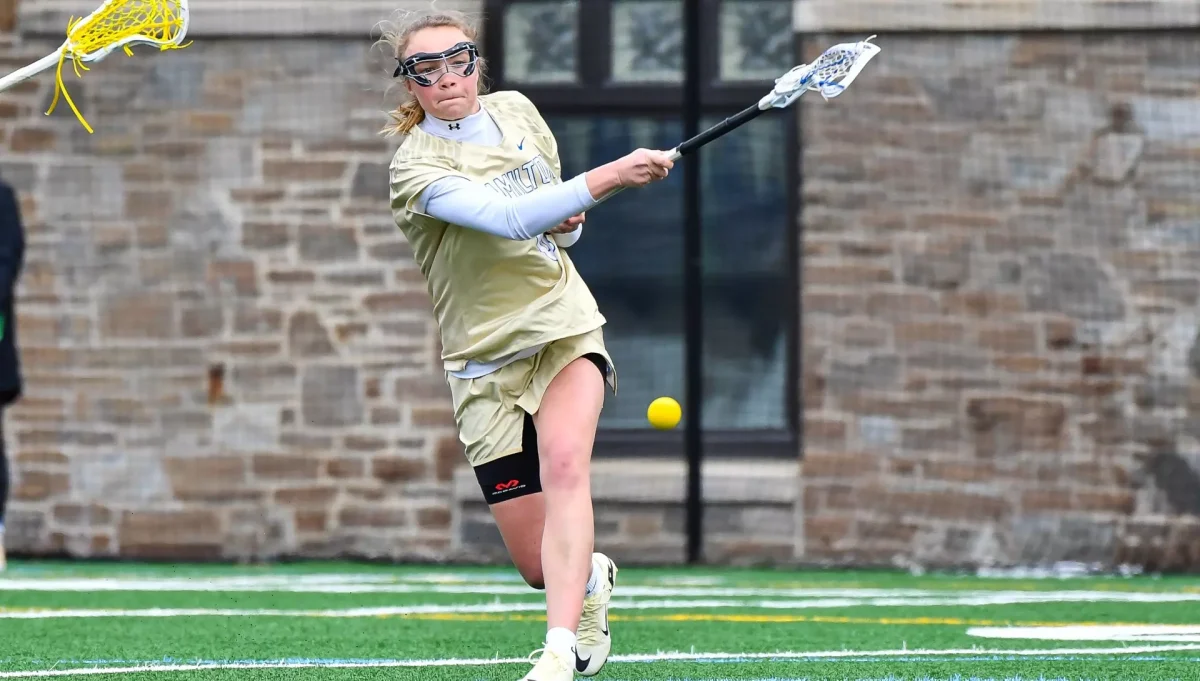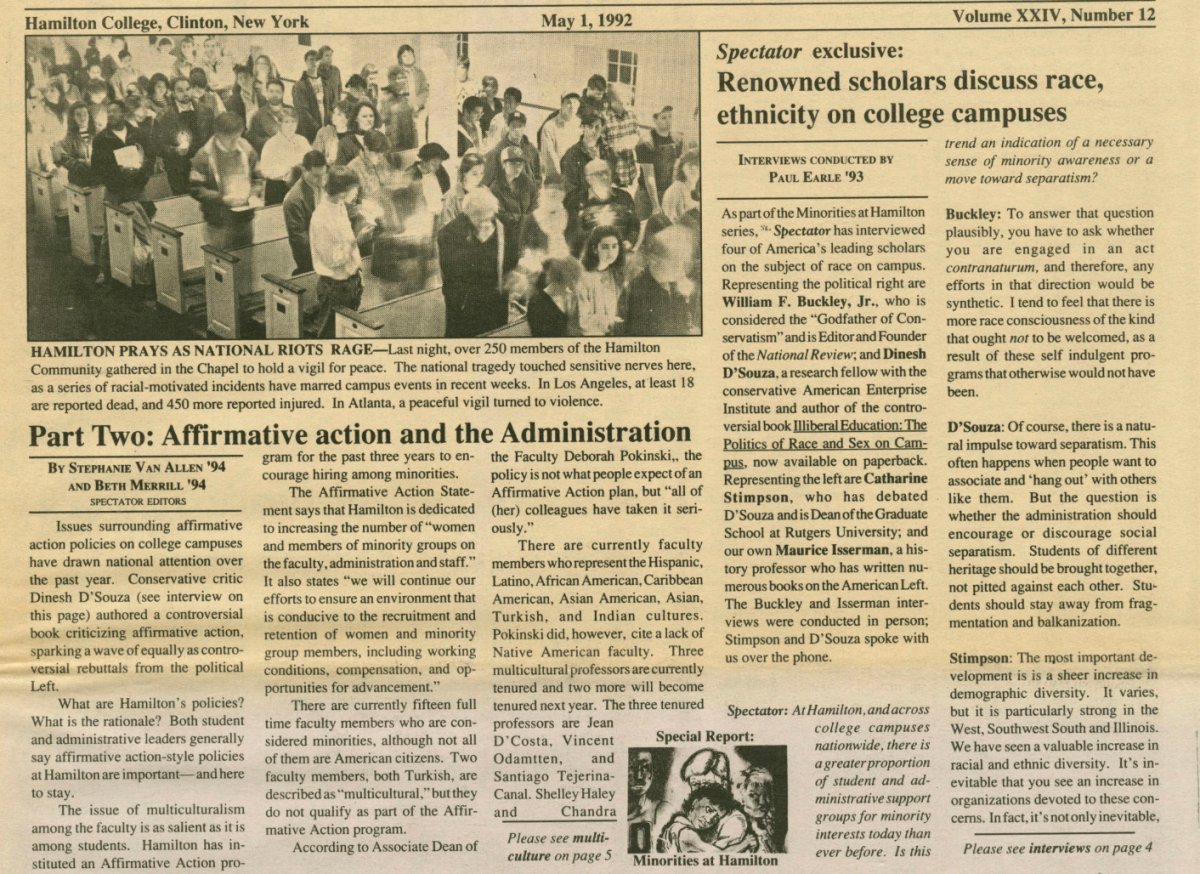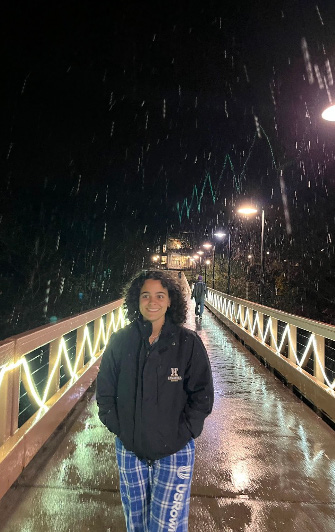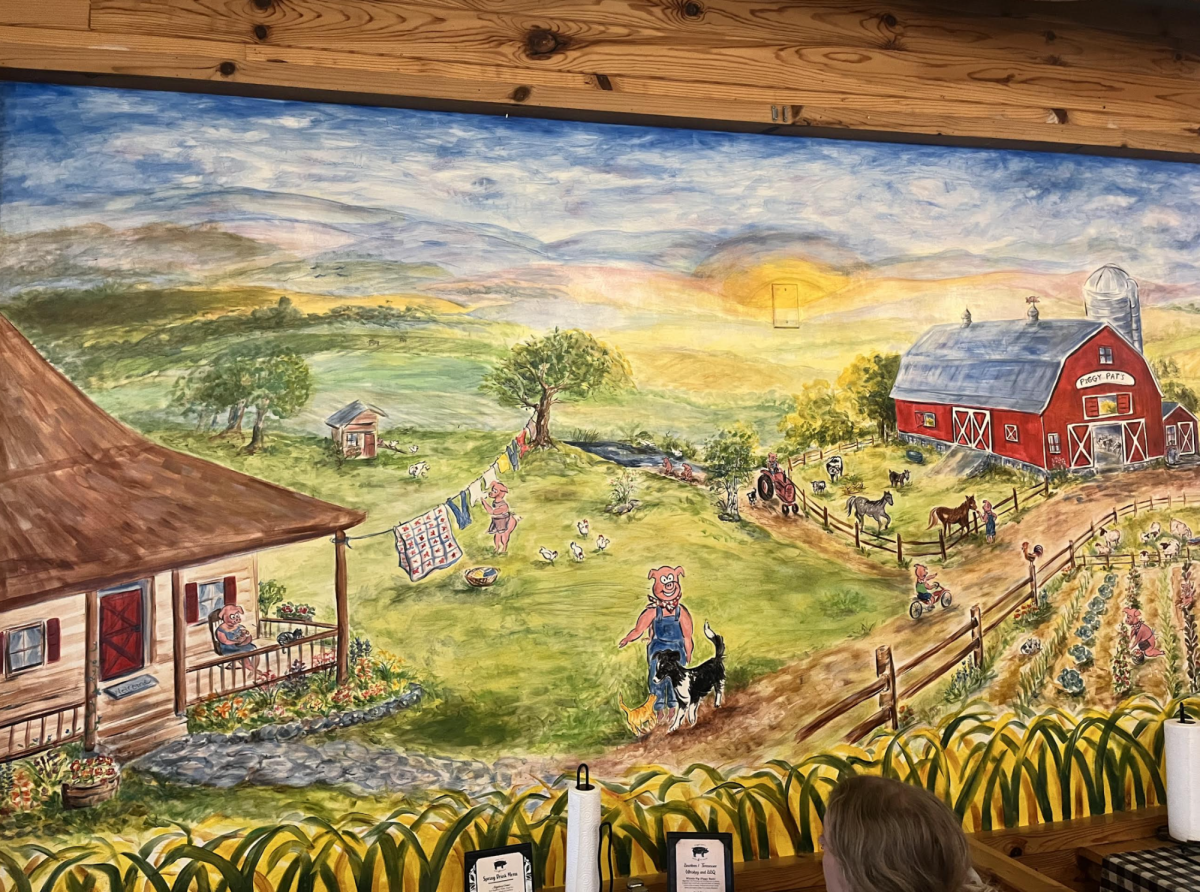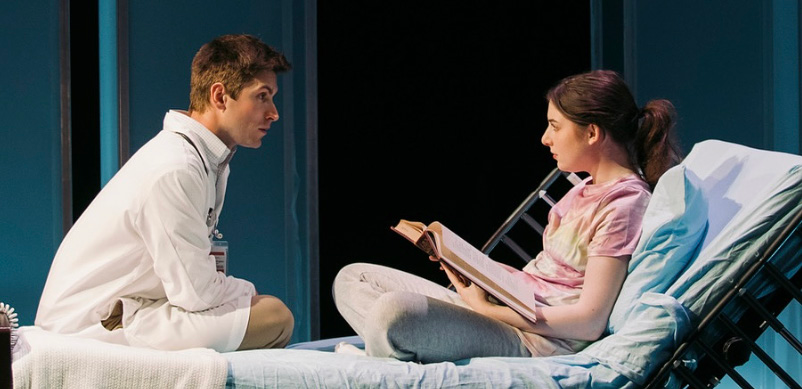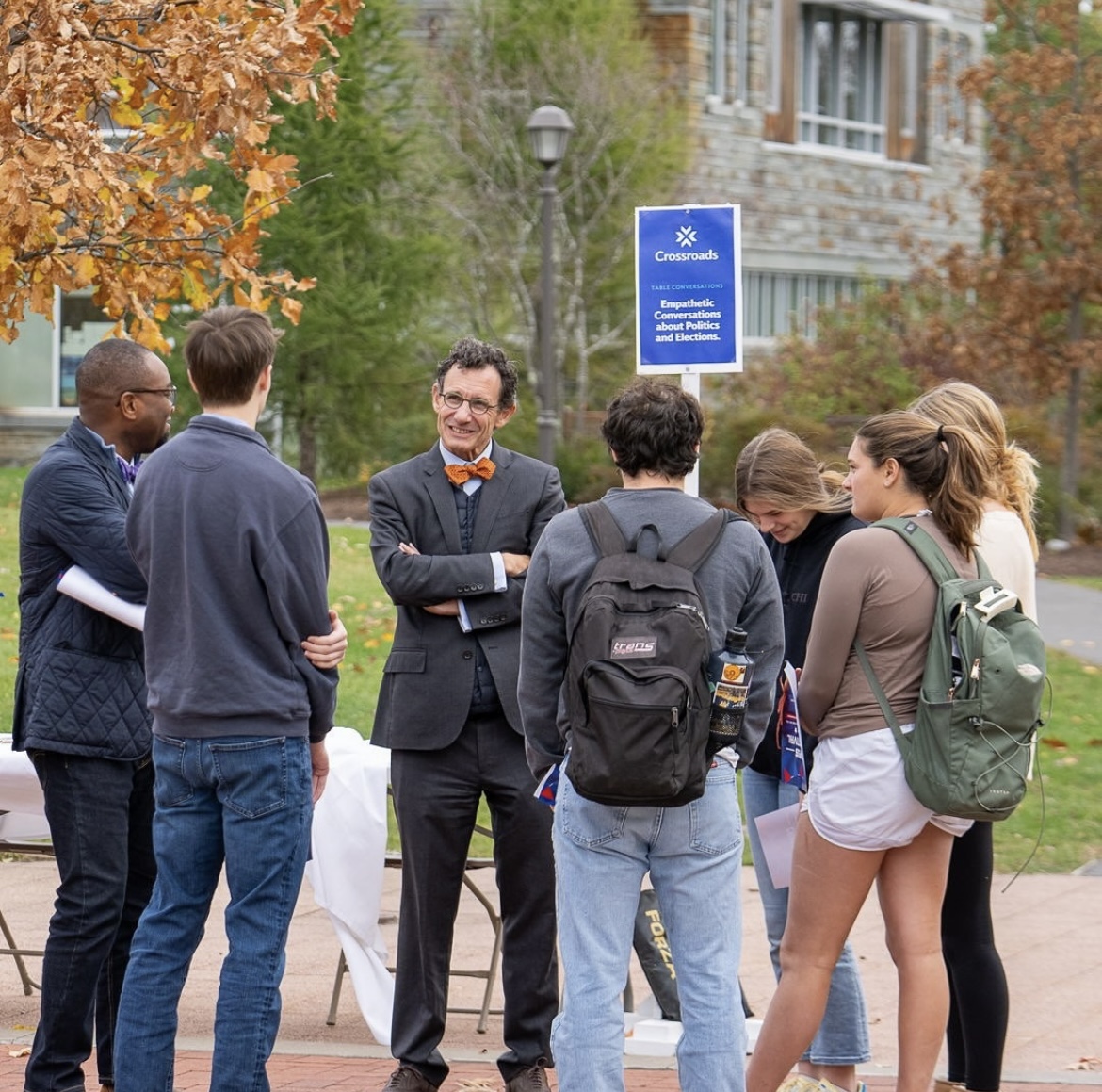
This article is from
The Spectator’s
long-form investigative team.
A recent report provided by Dean Terry Martinez to
The Spectator
shows that on average, remote students took fewer credit hours and had a lower average GPA than their on-campus peers in Fall 2020. This phenomenon is consistent throughout demographic groups save for international students. While Dean Terry Martinez definitively states “we are sending the message that we are in person next semester,” Hamilton College’s policies surrounding remote learning continue to affect the 237 students currently studying remotely in Spring 2021.
Remote students are scattered across the globe and equally dispersed through class years. However, there are trends. The average GPA was 3.57 for on-campus students and 3.455 for remote students. International students were the only remote group to achieve higher average GPAs than on-campus students. It is important to note the GPA data for international students skews the overall remote average and were they not included in the calculation, the GPA disparity between on-campus and remote students would be larger. First-generation students, Pell Grant recipients, students of color and international students were more likely than other demographics of students to pursue remote learning. Out of all first-generation students, 17% studied remotely, as well as 14% of all Pell Grant recipients, 31% of international students, and 16% of students of color. These numbers are notably higher than the overall average; only 9% of the total student body studied remotely. Across all demographic groups, fewer students are studying remotely in Spring 2021 than in Fall 2020.
Student Assembly President Saphire Ruiz ’22 has studied remotely for the entire academic year, and is currently living and working in an apartment with friends. They were concerned about potential physical and mental risks that could come with studying on-campus. “If I were on campus, there would be constant stress of wanting to see my friends but feeling like I have to isolate myself. In terms of health, this was the best decision for me.” While they miss their friends who they “haven’t seen in over a year,” Ruiz also notes benefits that have come with remote learning.
“To some extent, I forgot that [Hamilton] is a PWI until I went to my first class of the semester, and I was the only person of color in the class. There is a level of relief in not having to be in that environment in the way that I am on campus. It’s exhausting to constantly be the only person of color or the only black person in a room. All of the microaggressions and, in some cases, full-out racism are things that I don’t experience right now. That is something I don’t miss about Hamilton.”
When asked if they know of BIPOC students that chose remote learning for this reason,
“I think it’s an unintended consequence that there is a level of relief in not having to be in that predominantly white space. In my friends’ case, a lot of it had to do with home responsibilities. Given how the world works, there’s a big overlap between BIPOC and low-income students and having to stay home because of home responsibilities.”
While on-campus students took an average of 16 credit hours in the Fall 2020 semester, remote students took only 15. First-generation remote students took an average of 14 credit hours. Ruiz theorizes that home responsibilities may have been one of the factors that contributed to students taking fewer credit hours, though there may have been other factors.
When asked as to whether academic accommodations are made for students with home responsibilities, Dean Martinez responded that “academically, what we were able to for some students is reduce the course load to less than full time — which is not something that we typically do.” When asked whether students who had lessened their course load could now graduate on time, Dean Martinez said that “[those students are] working with their advisor, and they’ll make up some things along the way so that they do.”
For some students, remote learning may have been a choice, but for Ele Sorensen ’23, remote learning was her only option. “I’ve been disabled my whole life, but the last year and a half or so, my disability has gotten harder. I didn’t want to be away from my doctors if I got sick. And I didn’t want to put my health in the hands of other students.” When it came to graduating with her class, Sorensen was stuck. “I couldn’t take classes elsewhere. I couldn’t get credit online elsewhere. It was very rigid. If I want to graduate on time, this is what I have to do.”
Since Sorenson lives in California, she has to wake up as early as 6:30 a.m. PDT for Zoom classes — which is a challenge for her disability. The lack of afternoon classes in her major limited her options and even prevented her from participating synchronously in her Arabic language class. “I had an Arabic class at 5:00 a.m. my time, and I can’t do that. [Professor Koukjian] let me do the work asynchronously, but that sucks. I wasn’t getting any language experience. But that was when that class met, and what was I supposed to do?”
Sorensen believes these outcomes are part of a larger pattern at Hamilton. “The remote thing is an accessibility issue. Hamilton’s deep unwillingness to make this experience equitable speaks to which students they care about and which they don’t.” When asked about accessibility concerns, Dean Martinez said that “if a student is having issues with accessibility, they should let us know.”
Alec Nossa ’23 believes that students alone should not bear the responsibility of adjusting disability accommodations. Nossa is an on-campus student taking a majority of his classes remotely.
“[The Hamilton Administration] is acting as though nothing changed, but everything changed. Everything the [Hamilton] admin has given disabled students for accommodations is in terms of the typical classroom setting. I have ADHD, and staring at a screen all day is impossible. I was never medicated before this. Now, I have all the different varieties and flavors of methylphenidate. And I get side effects. Because the school won’t support me, I literally have to choose between my health and my academics. The school has done absolutely nothing to help me.”
When asked about recommendations for the school on student support, Nossa said “this is really about the professors. They try to lecture and give homework like this is normal, and it’s not. They need to check in with their students and create a more holistic classroom experience.”
Nossa’s experience reveals that not all on-campus students find remote learning ideal. Remote interviewees indicated a higher level of trouble with remote and blended setups. “The classes that are blended are
terrible
,” says Sorensen. “Everybody that I’ve spoken to has had that same experience where they’re just really really poorly set up and hard to engage in.” Ruiz agrees, saying “in the bigger groups [of hybrid classes] it’s difficult to be engaged.”
Anna Goula ’22, who was remote in Fall 2020, had a similar experience in hybrid classes. “I could never hear students in the back, only what my professor would repeat.” When asked if she brought up the technology issues to her professor, Goula said “no, because there were probably ten of us who were remote. After the first three classes where no one said anything, it just got uncomfortable. I might have said something, but I was frustrated. This was COVID. I was ready to do what I needed to do to pass my classes without making it harder for anyone else.”
For Sorensen, it was not worth it to pursue her hybrid classes. “One class I had to drop. I can’t understand the material. I can’t hear what’s being said. I can’t see.” According to Dean Martinez, the Audio Visual (AV) team is working with students to provide additional resources when insufficient technology gets in the way of learning. However, Sorensen did not have this experience. “I emailed the AV people, and they said ‘this is what we have — there is a camera.’ I know there’s a camera, but the quality is terrible.”
During Spring 2021, Hamilton is providing new resources to remote students, such as Remote Student Advisors (RSAs). Residential Life Area Director Jae Jaeger was inspired to initiate the RSA program because “typically, we have a point of contact with each student. This was not the case for remote students in the Fall. Remote experiences are not equal, but we wanted to provide support and help create connections.” The RSAs create programming and support for remote students in the same way as on-campus RAs. However, none of the remote students interviewed planned to participate. “I haven’t taken part in that,” says Ruiz, “not because I’m not interested, but because that is not the kind of support system I’m looking for.” Sorensen feels similarly. “I feel isolated from my friends on campus. I don’t feel isolated from people I haven’t met. I don’t have ideas for what [RSAs] should be doing differently; it just doesn’t appeal to me at all.”
In light of the data showing GPA disparities between on-campus and remote students, Dean Martinez indicates that Hamilton will continue to offer academic accommodations for remote students only on a case-by-case basis. When asked about potential broader academic policy changes for remote students, Dean Martinez responded that there will “probably not [be any]. It’s hard to make a shift in the Spring semester. I was surprised by that information [GPA data]. I thought it was going to be a bigger gap.” However, she offered a caveat — “unless I hear from the RSA’s that they hear a pattern of something that needs attention.”
Although the remote program will not exist in Fall 2021, Ruiz has one suggestion on how the Hamilton administration and faculty could support Spring 2021 remote students in the meantime. “It takes a lot of energy for me to have my screen on all the time. So sometimes I will turn my screen off. I feel bad because I know it seems I’m unengaged, but it’s actually easier for me to engage more when my camera is off. I think professors should be more lenient about having cameras off, especially if they see the students are doing their work,” said Ruiz.
View the full Remote Performance Study of Fall 2020 here.
Editors’ Note: Eight students in the remote learning group went on leave midway through Fall 2020 semester, but they were incorrectly included in the Spectator’s analysis. When those eight students are removed from the calculation, the remote learning group earned the same number of credit hours as the campus learning group. Note courtesy of Director of Institutional Research and Assessment Jasmine Yang.

